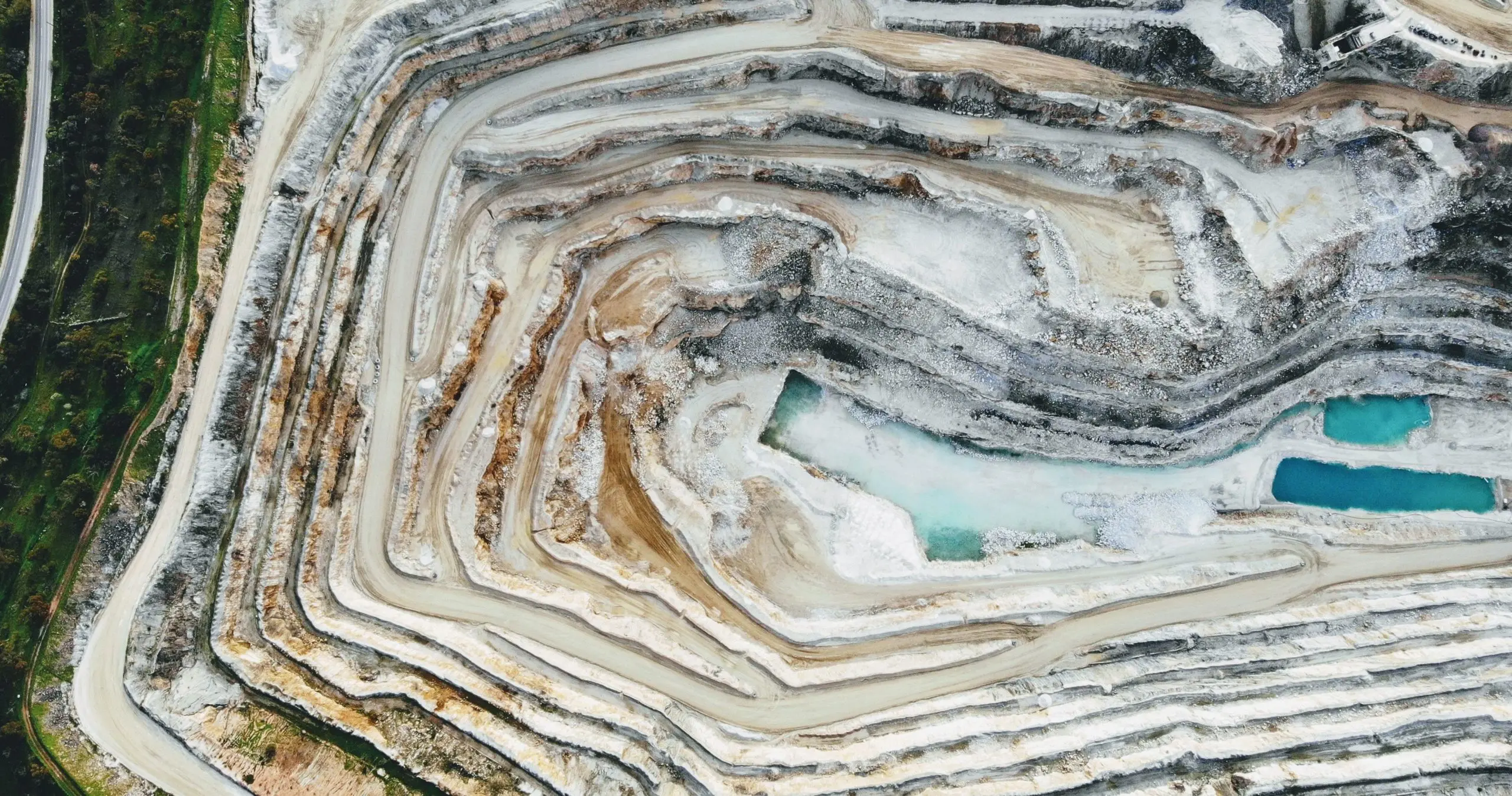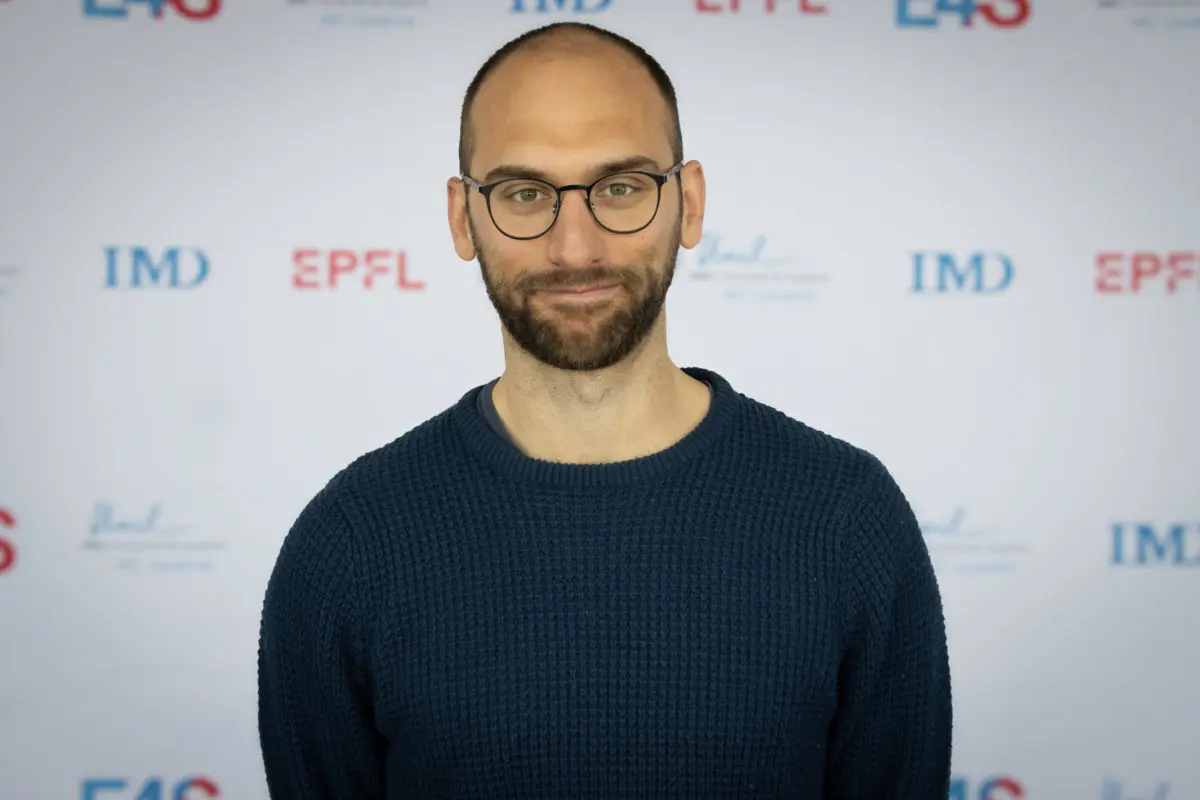
Pricing and restoring natural capital: a case study on mining and vegetation
Natural resources often come for free to the companies that use them. Natural resources have a large economic value. For example, pollination enables between US$235 and US$577 billions of the global agricultural output and the total value of forests is estimated to be around US$4.7 trillion per year. However, most often companies are allowed free use of vegetation and other natural resources in their production processes. This is a problem, as we are currently consuming natural resources 1.75 times faster than the planet can regenerate, which endangers the ecological foundations of society.
We provide a centralized, satellite-based methodology to estimate the cost of vegetation loss for the mining sector. We show that by using satellite images that are publicly available we can assess the impact of companies on natural resources and estimate the related cost. To showcase how this system works, we focus on the case of the Antamina mining site in Peru and the associated loss of vegetation, with three main steps:
- We use an established satellite-based approach to compute and index that tracks the type of light emitted by plants during photosynthesis to measure vegetation’s intensity.
- We link the index to the mining activity in Antamina, as the impact of vegetation is evident and visible from space.
- We consider the amount of money that would be required to restore a similar amount of vegetation, and we use it to value the vegetation loss in the Antamina site.
We find that the “vegetation debt” of the Antamina site for the period 2000-2012 amounts to around US$5.7 million.
Current investments into nature restoration must increase, especially from the private sector. While funding reforestation is key to reach our climate goals [6], [7], funds are currently missing. Investments for nature preservation and restoration are currently in the range of US$ 124 – 143 billion a year, mostly coming from the public sector (86%) [8], [9]. If we are to reach these climate goals, these investments need to at least quadruple by 2050 [9]. This paper provides a mechanism for the private sector to step in and help closing this financing gap for nature.
We show how to use the proposed methodology to create a centralized, polluter-pays fund for the private sector to restore vegetation. In this system, companies would pay for both the past and present use of vegetation by transferring the due amounts into a fund, which would then be reinvested in restoration projects. Following our case study, the owner of the Antamina site could repay its vegetation debt by transferring US$ 5.7 million into this fund, and this sum would be used to fund new reforestation projects. This centralized system allows efficiency in restoration outcomes and the pursuit of pre-determined restoration objectives, which is the same approach followed with the Global Biodiversity Framework (GBF) Fund proposed by COP 15. Indeed, our methodology could also be used to regulate payments from the private sector into this and other existing centralized financing systems for nature restoration.
WATCH THE PRESENTATION OF THE RESEARCH
WATCH MORE VIDEOS ABOUT OUR RESEARCH
In the media
This research project appeared in the following media:
| I by IMD | Copper mining’s ‘vegetation debt’ | |
| Reuters | Rather than offsets, companies should repay their debt to nature through a centralized biodiversity fund |




